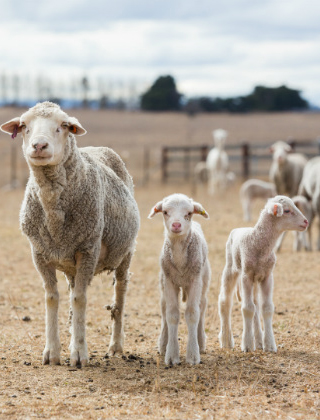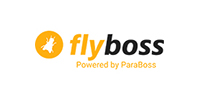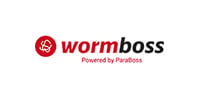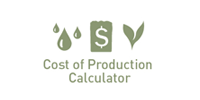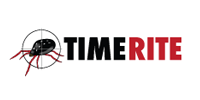Key considerations for setting up containment feeding areas
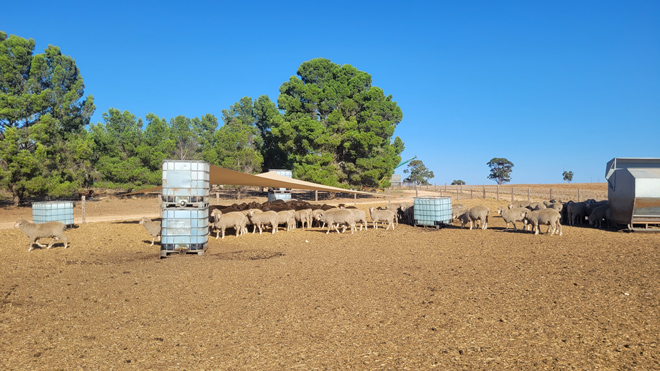
Given the current seasonal conditions in southern Australia, setting up a containment feeding area is an investment to maintain animal health and condition, manage ground cover, and reduce feeding time.
Investing time in planning your containment pens will ensure that it remains a valuable and functional asset for years to come. AWI Extension SA Project Manager Jodie Reseigh and Talking Livestock's Deb Scammell provide readers with four main factors to consider when setting up containment:
Location
It is true what they say, ‘location is not just important – it’s everything’. The location of a containment area near yards and other handling facilities (even the shearing shed) will allow better monitoring of livestock and handling whilst in containment. If a suitable area is not available, locating the area near a laneway allows for ease of movement of sheep to yards and handling areas. Additionally, locating the area near feed storage (such as grain or hay) saves time and improves efficiency.
Slope is another key factor. A slope of 2–4% helps with drainage and water runoff, reducing bogging in pens and helping prevent animal health issues and disease spread. When designing the layout, consider whether water will flow from one pen to another, and where water from cleaning troughs will run. Ideally, water troughs should be placed at the bottom of the slope.
Feeding method
Before designing your containment yards, decide on the method of feeding the sheep. There are various feeding options, including feed troughs, communal pens, self-feeders, and fully automated feeders. Costs will vary depending on equipment and infrastructure required, as well as the time required to feed the sheep based on the method you choose. Be sure to provide adequate feeding space per animal.
Guidelines, depending on the method of feeding, include:
- Ad lib (e.g. self-feeders): 3–5 cm of trough space per head
- Total mixed ration: 14 cm of trough space per head
- Specific amount per head when all sheep need to feed at the same time (e.g. fed in a trough once per day): 30–40 cm per head.
Pen size and density
Pen size and density are critical. It’s recommended to allow 7–10 m² per ewe, with pregnant ewes requiring larger spaces, especially as they approach lambing. Higher stock density reduces dust levels in the pen, as proportionally more urine and manure will be deposited on the pen surface.
When designing your containment area, consider the mob size and the number of ewes to be contained, with a recommendation of 250–300 ewes per pen. Larger mobs may result in shy feeders or ewes with varying condition scores, which negatively affects lambing outcomes.
Shade and shelter
Shade and shelter are key considerations to protect sheep from heat and cold stress. The use of shade cloth or other artificial structures are an effective way to provide shade, noting that sheep often use these areas to shelter from rain. Additionally, shelter from prevailing winds may be a key consideration and will help minimise dust.
Long-term planning for shelter belts of trees and shrubs around or between yards can provide both shade and wind protection and reduce dust movement. Avoid areas with remnant vegetation due to the risk to the vegetation of high nutrient levels, soil compaction, and potential for ringbarking trees. If there are existing trees, ensure they are properly guarded.
Other considerations
Ensure you supply good quality water, a plan for all-weather access to the containment area, prevailing wind (where dust will blow to) and soil type (avoid powdery soils).
You should contact your local government authority to determine if approval is required for your new containment area.
More information: www.wool.com/containment
TOP PHOTO: Darren O’Brien, Kyancutta, SA
AWI resources for dry seasonal conditions
With parts of the country experiencing particularly dry seasonal conditions, AWI reminds woolgrowers that it provides a range of resources to help them plan and carefully manage their enterprises during dry conditions, including:
Publications
- Feeding and managing sheep in dry times
- Managing fodder prices for droughts
- Managing sheep in drought lots
- Which sheep do I keep?
- Drought feeding and management of sheep (Agriculture Victoria)
- Releasing sheep from containment feeding.
Decision support tools
- Cost of production calculator
- LifetimeWool feed budget tables
- Feed On Offer library.
These and other AWI and external resources for dry times are available on the AWI website.
More information: www.wool.com/drought
This article appeared in the Winter 2025 edition of AWI’s Beyond the Bale magazine that was published in June 2025. Reproduction of the article is encouraged.






